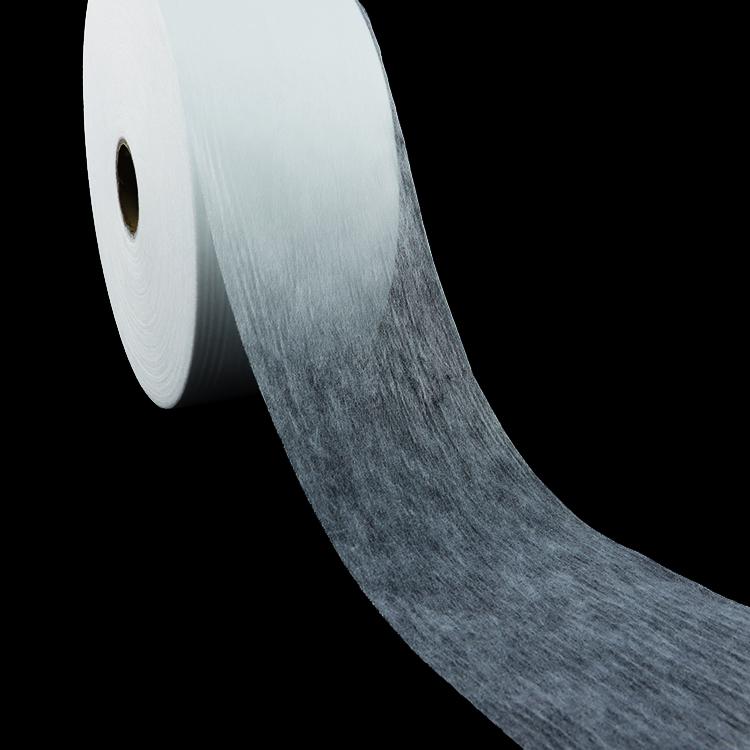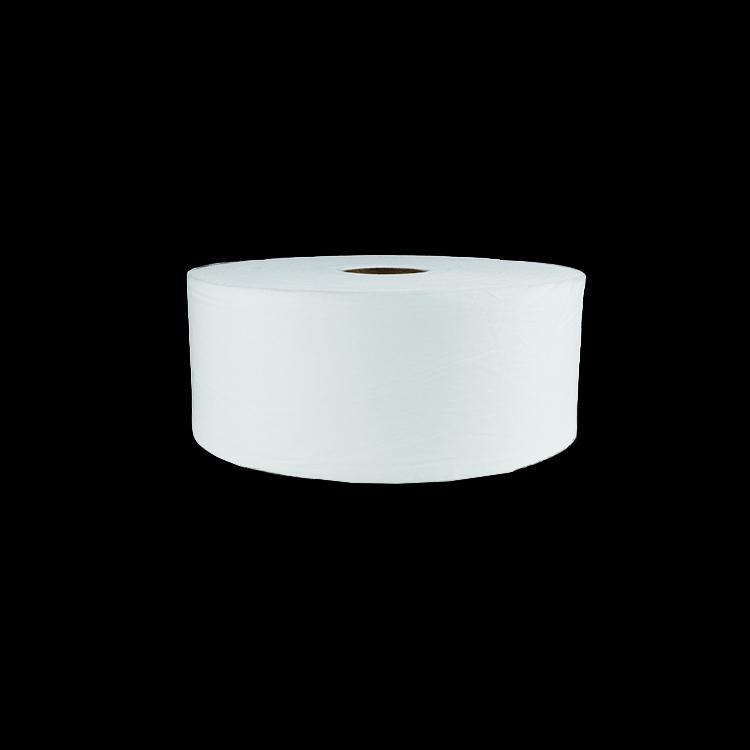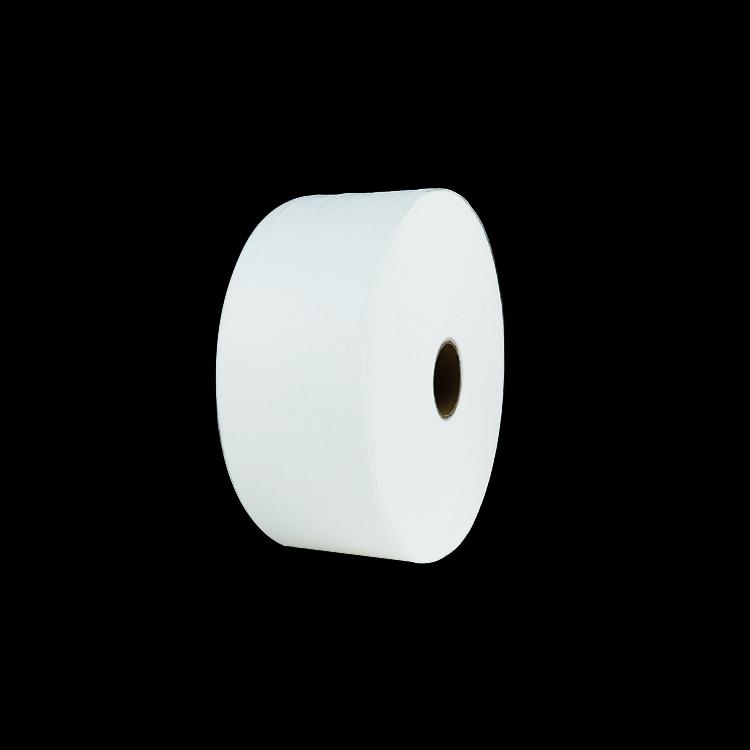Author:Baby & Adult Diaper Materials FROM:Diaper Materials Manufacturer TIME:2023-03-03
At present, the structure of sanitary napkin non woven fabric is made of multi-layer non-woven fabrics through composite processing. The surface layer of the sanitary product that contacts the human skin is followed by the diversion layer, the absorption core layer, the support layer and the side leakage prevention edge layer. Each layer of non-woven fabric has different properties.
The topsheet is in contact with the user's skin, and when the user's body fluids are drained outwards, the topsheet first comes into contact with the body fluids. However, the top layer does not have the ability to absorb liquid, its key function is to conduct the liquid to the inside of the material, so the top layer has excellent liquid conduction and water permeability, keeping the skin dry and fresh.
At present, the surface layer of commercially available sanitary products is generally a soft-touch hot air non-woven fabric. This material uses ES bi-component fibers. The fibers are combed into a net, thermally bonded and reinforced to form ES hot air with high bulkiness, good air permeability and soft feel. nonwoven material. The excellent performance of the material is attributed to the stable three-dimensional structure and good resilience performance of the material. The pores in the space can absorb and store more than 10 times its own weight of liquid, and the connected pores promote the rapid transfer of urine, giving the material excellent liquid drainage performance. .

The diversion layer is a special non-woven layer located between the surface layer and the absorbent core, which has the characteristics of hydrophilicity, fast liquid penetration, and good liquid diffusion.
At present, hot air non-woven materials are generally used for the diversion layer. Although the price is slightly higher, it is widely used because of its high bulkiness, excellent liquid absorption performance, and excellent resistance to re-seepage. It is the current diversion layer. The mainstream material in the layer material market.
The absorbent core layer is the key material of diapers, and its liquid absorption effect directly affects the quality of sanitary products.
In order to achieve the design goal of high liquid absorption core layer, people add another layer of thin non-woven material to the middle layer in the traditional core structure, and use hot melt adhesive to compound SAP particles with the material. The design principle of the structure is to ensure the liquid absorption effect through a large amount of macromolecular materials. After liquid absorption, the whole body expands, and it is bonded to the glue smoothly without lumps, and the original shape can still be maintained after liquid absorption. However, the core layer has the defects of poor air permeability and high industrialization cost.
In recent years, prefabricated multi-layer cores have emerged as the times require. The refined layering technology can effectively enhance the absorption capacity of the core. Each layer of polymer plays the role of absorption, diversion, diffusion, and water retention. The prefabricated multi-layer core has up to 8 layers, of which 3 layers are evenly distributed water-absorbing polymers, and the content can reach more than 70%. After the core absorbs urine, the ultra-high content of water-absorbing polymers can firmly lock the water, not easy to reverse osmosis, and keep dry for a long time. The prefabricated core with more structural layers does not affect the thinness, softness and breathability of the core.

The function of the bottom support layer is to prevent the leakage of urine. In the early days, plastic films with better sealing properties were mainly used as the support layer, and later, the breathable microporous film was often used as the support layer to improve the permeability of the material. Some companies use drylaid paper and a breathable bottom film as a support layer to improve the softness performance, and the industrialization cost of this composite material is high.
At present, spunbond non-woven fabrics have become the main material for the support layer because of their low cost, good wear resistance, and can be very soft and thin.
The side-leakage-preventing edge layer of sanitary products in contact with the leg opening is generally SMS non-woven fabric, which has high anti-hydrostatic pressure. layer to achieve the water-repellent effect, however, the water-repellent SMS material prepared by this method is rigid in texture, and the user's legs are prone to redness and swelling. The current product uses a wrinkled elastic bandage as the side leakage prevention layer of the leg opening.

With the improvement of people's social life quality, the scale of my country's sanitary products industry continues to expand. Understanding the structure of sanitary napkin non woven fabric and the characteristics of the non-woven fabric used is conducive to better development of the non-woven fabric industry.

 Email: info@whldiapernonwoven.com
Email: info@whldiapernonwoven.com
 MP/WhatsApp: +86-13599937366
MP/WhatsApp: +86-13599937366
 Manufacturer Address:Room 1105B, Bld M1, Manhattan, Yulongwan, Shimao, Shuanglong Road, Meiling Street, Jinjiang, Fujian, China
Manufacturer Address:Room 1105B, Bld M1, Manhattan, Yulongwan, Shimao, Shuanglong Road, Meiling Street, Jinjiang, Fujian, China